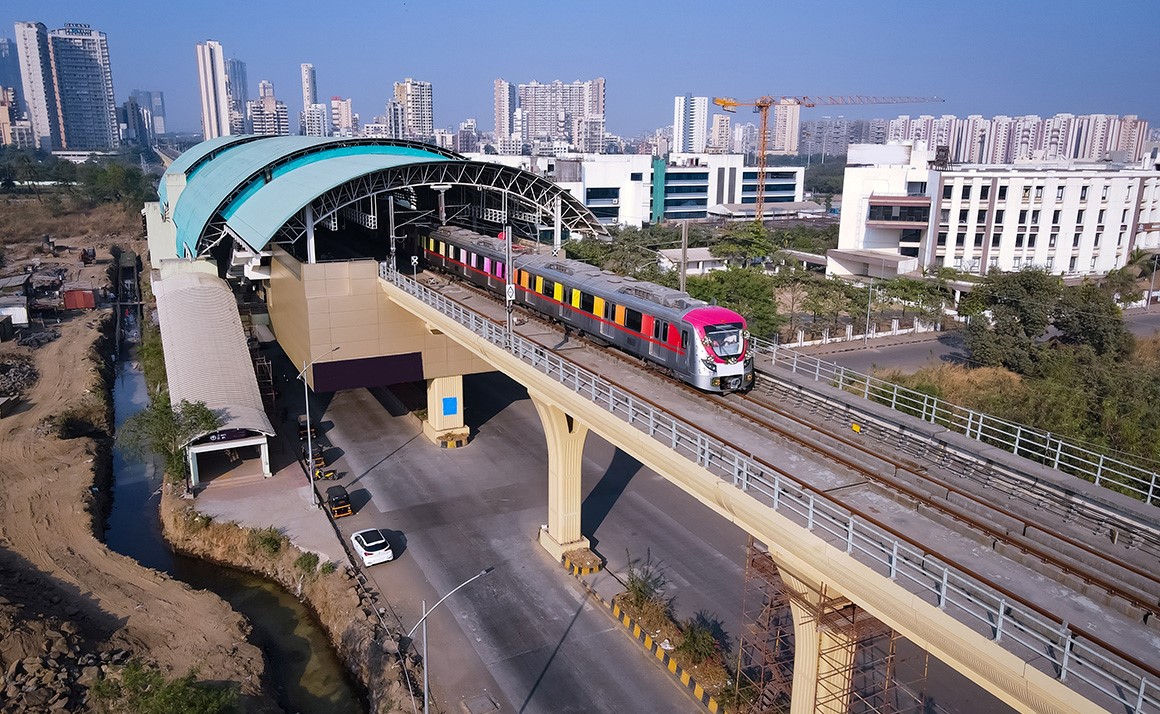
Gaining an edge in the Seoul data centre market
Discover new investment opportunities in Seoul's edge data centres, catering to rising demand from e-commerce, AI, and cloud operators.
Smaller ‘edge’ data centres could provide a new investment opportunity in Seoul, even as the city struggles to supply huge demand for data centres.
In response to demand from e-commerce, AI and cloud operators, the Seoul Metropolitan Area will see data centre capacity more than double by 2027.
However, Savills research shows that more than half of the 33 approved projects for data centre development in the Seoul Metropolitan Area are facing challenges or delays. Key issues include difficulty in locking in operators, delays in approval due to resident complaints, and construction setbacks.
At the same time, demand is also growing for edge data centres, which could offer an opportunity for real estate investors.
JoAnn Hong, Senior Director, Research & Consultancy, Korea at Savills, says: “Amid challenges with the supply of large-scale data centres, the rise of edge data centres is expected to redefine the market, driven by the growth of advanced industries.”
Edge data centres are smaller facilities located in urban areas in order to support demand for low latency from Internet of Things applications, autonomous vehicles, augmented and virtual reality and streaming.
Latency is the delay between a request for data and the data being received. Minimised latency is important for applications such as autonomous vehicles, so they can react to their environment, and streaming or online gaming, to ensure smooth performance. Locating edge data centres close to the user lowers latency.
Due to their relatively small size, edge data centres are typically built on small plots within urban areas. Existing buildings can be repurposed if they offer sufficient floor height and floor load capacity.
Utilising existing buildings means edge data centres can leverage their power infrastructure and potentially be exempt from certain permits such as traffic and environmental impact assessments, significantly reducing both construction time and costs. Edge data centres below 5MW are also exempt from certain power regulations, which will make it easier to secure electricity supplies.
Youngmahn Huh, Associate Director Industrial Service, at Savills Korea, says: “The business environment and associated regulatory changes will increase demand for edge data centres, creating demand for partnerships amongst small to medium-sized players in the edge data centre ecosystem. This opportunity may be of interest to asset owners whose buildings are suitable for refurbishment as an edge data centre.”
The Korean government is also encouraging data centre developers to look further afield from Seoul, which is home to 60% of Korea’s data centre capacity today and will be home to 80% by 2029.
New restrictions regarding power supply in Seoul have come into force in the past 12 months, however incentives have also been announced for data centres outside the Seoul Metropolitan Area. Incentives include discounted power and infrastructure support.
Further reading:
Savills Korea Data Centres 2024
Contact us:
JoAnn Hong | Simon Smith



